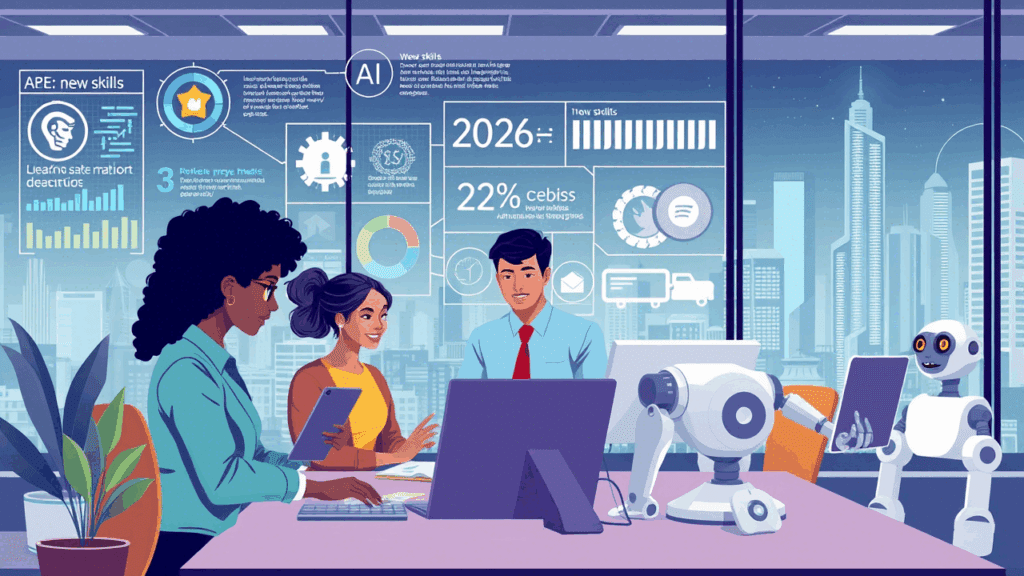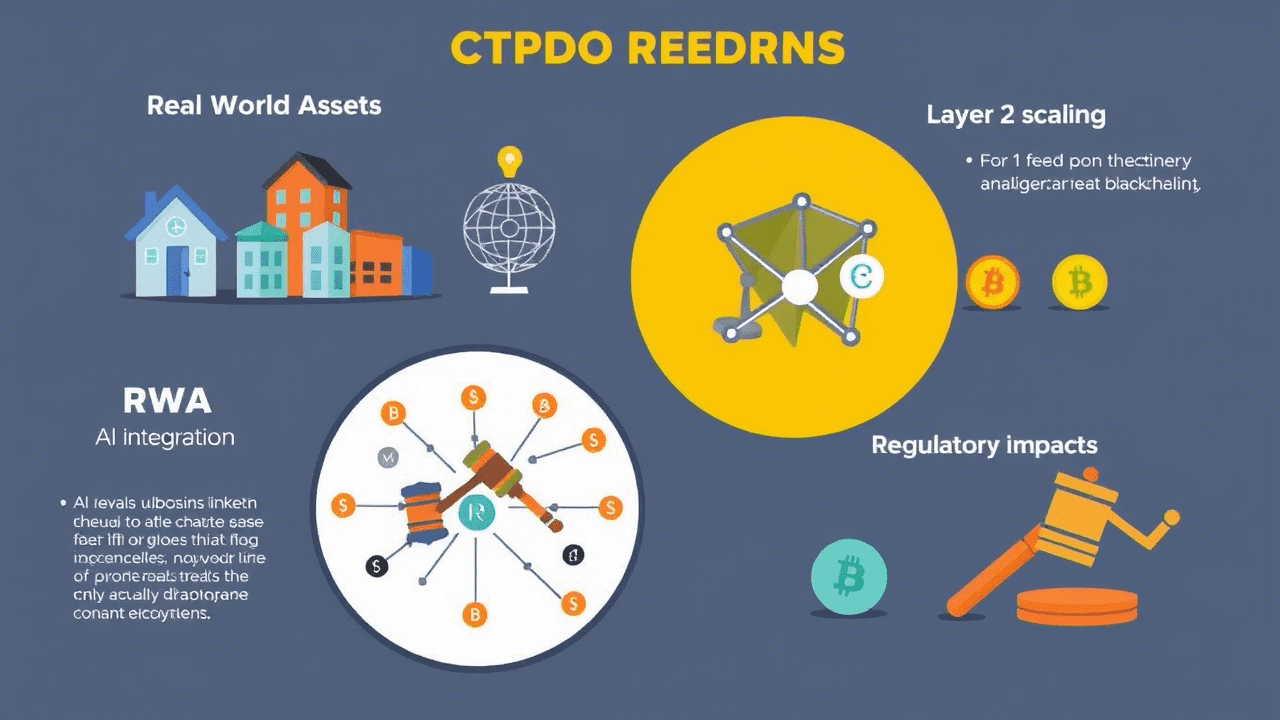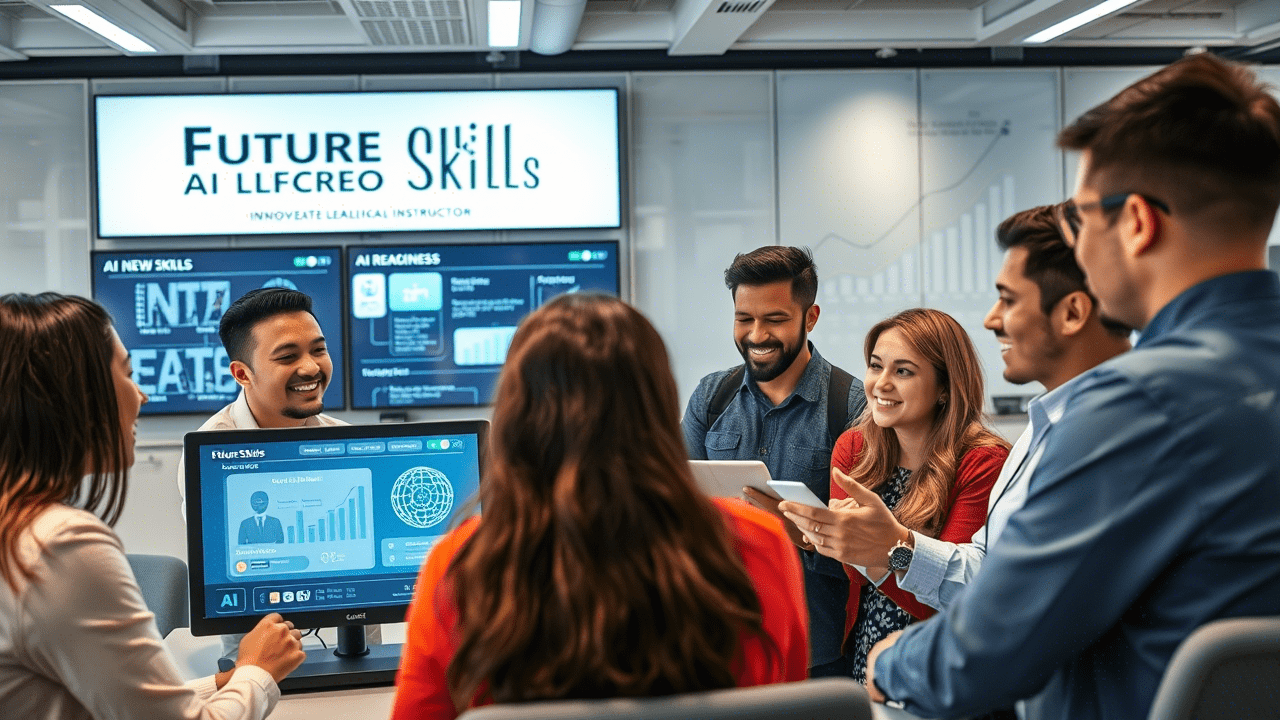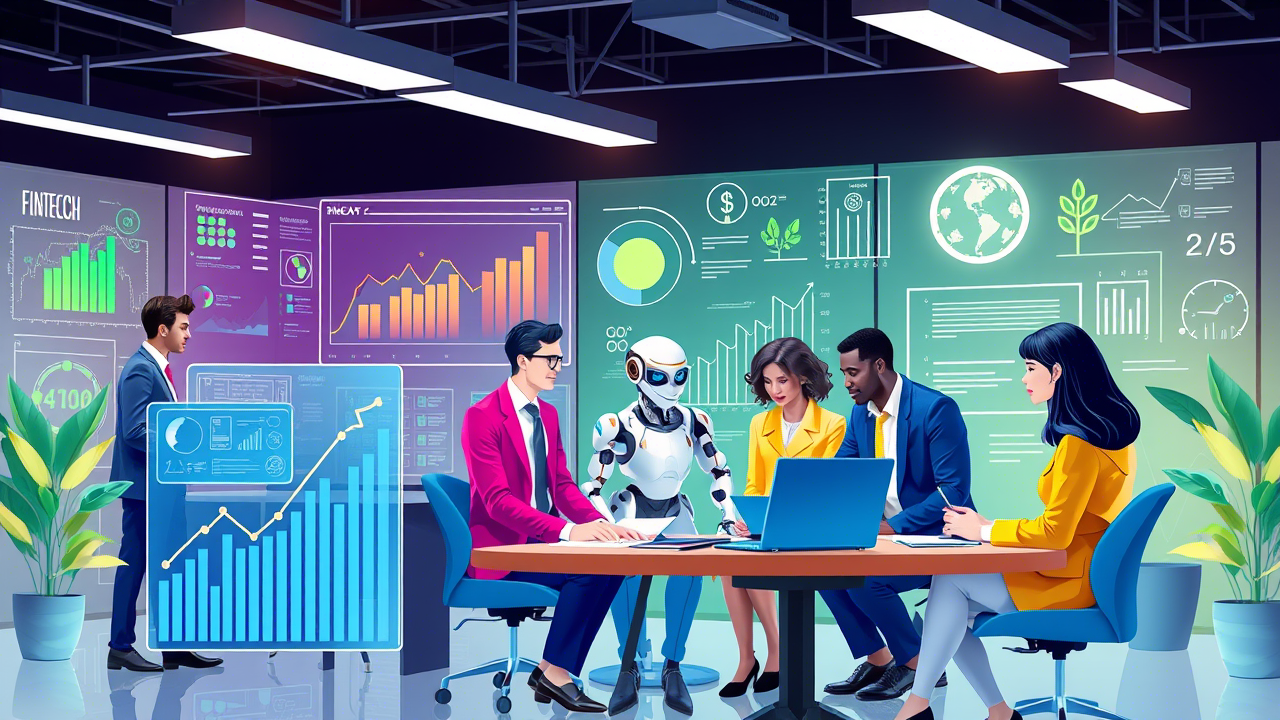Explore how automation and AI are reshaping industries, demanding new skills, and transforming the global labor landscape. Discover the challenges and opportunities ahead.
The future of work is not a distant concept; it’s unfolding right before our eyes. Driven by rapid advancements in automation, artificial intelligence (AI), and digital technologies, the global labor market is undergoing a seismic transformation. This shift presents both unprecedented opportunities and significant challenges, demanding a proactive approach from individuals, businesses, and policymakers alike.
The Automation Revolution: Beyond the Assembly Line
Automation is hardly new. Industrial robots have long been fixtures in manufacturing, and software has automated routine tasks in offices for decades. However, the current wave of automation, powered by sophisticated AI and machine learning, is different. It’s moving beyond repetitive, manual labor to impact cognitive tasks, complex decision-making processes, and even creative fields.
Key areas experiencing advanced automation include:
- Manufacturing & Logistics: Fully autonomous factories, advanced robotics for complex assembly, self-driving vehicles for transport and delivery.
- Customer Service: AI-powered chatbots and virtual assistants handling inquiries, scheduling, and basic problem-solving.
- Data Analysis & Finance: Algorithmic trading, automated fraud detection, AI conducting market research and generating reports.
- Healthcare: AI-assisted diagnostics, robotic surgery, automated lab analysis.
- Administration: Automated data entry, process automation (RPA) handling repetitive software tasks, AI-powered document management.
While automation increases efficiency and productivity, it also raises questions about displacement. Studies from institutions like the McKinsey Global Institute and the World Economic Forum predict that a significant percentage of current job tasks could be automated in the coming decades, affecting millions of workers globally.
Artificial Intelligence: The Brains of the Operation
Artificial intelligence is the critical engine driving the current wave of automation. Unlike traditional automation which follows explicit rules, AI systems can learn from data, adapt, and perform tasks that require a level of perception, understanding, and decision-making previously exclusive to humans.
AI’s impact on work is multifaceted:
- Task Augmentation: AI tools empower workers by providing insights, handling data, or automating tedious steps, allowing humans to focus on higher-value activities (e.g., doctors using AI for radiology analysis, writers using AI for drafting).
- Job Creation: The development, deployment, and maintenance of AI systems create new roles for AI engineers, data scientists, ethics consultants, and human-AI interaction designers.
- Job Transformation: Many existing roles will be redefined. The skills required will shift from routine execution to oversight, interpretation, customization, and problem-solving in collaboration with AI.
- Job Displacement: As AI becomes capable of performing tasks previously done by humans, roles centered around those specific tasks may diminish or disappear.
It’s crucial to understand that AI often automates tasks rather than entire jobs. However, if a job comprises a high percentage of automatable tasks, the job itself becomes vulnerable.
The Shifting Labor Market: What Skills Will Matter?
As the nature of work evolves, so too do the required skills. The emphasis is moving away from purely technical or routine skills towards those that leverage uniquely human capabilities or enable effective collaboration with intelligent systems.
In-Demand Skills for the Future:
- Digital Literacy & Tech Proficiency: Basic understanding of how technology works, ability to use digital tools, and adaptability to new software and platforms.
- Data Fluency: Ability to understand, interpret, and work with data, even if not a data scientist. This includes data ethics and privacy awareness.
- Complex Problem Solving: Tackling novel, non-routine problems that AI cannot yet handle.
- Critical Thinking & Analysis: Evaluating information, making reasoned judgments, and understanding implications.
- Creativity & Innovation: Developing original ideas and solutions.
- Emotional Intelligence: Understanding and managing one’s own emotions, and understanding and responding effectively to the emotions of others.
- Collaboration & Teamwork: Working effectively with diverse groups, including human-AI teaming.
- Adaptability & Lifelong Learning: The willingness and ability to continuously acquire new knowledge and skills throughout one’s career. This is arguably the most critical skill.
- Ethical Reasoning: Navigating the complex ethical considerations raised by AI and automation.
The future workforce will need to be agile, capable of transitioning between roles and industries, and committed to continuous learning (reskilling and upskilling).
Challenges and Opportunities
The transition to a more automated and AI-driven economy is not without its hurdles:
Challenges:
- Job Displacement: The potential for large-scale job losses in certain sectors and roles.
- Increased Inequality: A growing divide between high-skilled workers who can leverage technology and low-skilled workers whose jobs are most vulnerable.
- Need for Reskilling & Upskilling: The immense challenge of training millions of workers for new roles and competencies.
- Ethical & Societal Issues: Concerns around data privacy, algorithmic bias, accountability for AI decisions, and the psychological impact of human-machine interaction.
- Structural Economic Changes: Potential pressure on wages for roles facing automation competition, and changes to labor force participation.
Opportunities:
- Increased Productivity & Economic Growth: Automation and AI can boost efficiency, leading to higher output and potentially greater prosperity.
- Creation of New Jobs: The development and management of new technologies, as well as industries enabled by AI, will create roles that don’t exist today.
- Augmented Human Capabilities: Technology can free humans from tedious tasks, allowing focus on more creative, strategic, and interpersonally rich work.
- Solving Complex Problems: AI can help address grand challenges like climate change, disease, and poverty.
- Potential for Improved Quality of Life: Automation could potentially lead to shorter workweeks or different work structures.
Navigating the Transition: Strategies for Adaptation
Successfully navigating this transition requires coordinated efforts from various stakeholders:
For Individuals:
- Embrace Lifelong Learning: Continuously seek opportunities to learn new skills, especially in digital literacy, data analysis, and human-centric areas.
- Develop “Human” Skills: Focus on strengthening creativity, critical thinking, emotional intelligence, and complex problem-solving.
- Build Resilience & Adaptability: Be prepared to pivot careers or roles as the market changes.
- Leverage Technology: View AI and automation as tools to enhance productivity and capabilities, not just threats.
For Businesses:
- Invest in Your Workforce: Prioritize reskilling and upskilling programs to help employees adapt to new technologies and roles.
- Redesign Jobs: Focus on creating roles that combine human skills with technological capabilities (human-AI teaming).
- Foster a Culture of Learning: Encourage employees to continuously learn and adapt.
- Implement Technology Responsibly: Consider the ethical implications of automation and AI deployment.
For Governments and Policymakers:
- Reform Education Systems: Integrate future-ready skills (digital literacy, critical thinking, emotional intelligence) into curricula from an early age.
- Strengthen Social Safety Nets: Explore policies like expanded unemployment benefits, retraining programs, or even discussions around concepts like Universal Basic Income to support displaced workers.
- Invest in Infrastructure: Ensure access to broadband and technology training across all regions.
- Develop Regulatory Frameworks: Create policies that address data privacy, algorithmic bias, and ethical AI deployment without stifling innovation.
- Promote Collaboration: Encourage dialogue and partnership between industry, academia, and labor organizations.
The Future is Collaborative
The most likely future of work isn’t one where humans are entirely replaced by machines, but one characterized by collaboration between humans and advanced technology. AI and automation will handle routine, data-intensive, or physically demanding tasks, while humans will focus on tasks requiring creativity, critical thinking, emotional intelligence, and complex decision-making.
This future demands a proactive and adaptive mindset. By focusing on continuous learning, developing uniquely human skills, and implementing thoughtful policies, we can harness the potential of automation and AI to create a more productive, prosperous, and equitable future of work for everyone.





